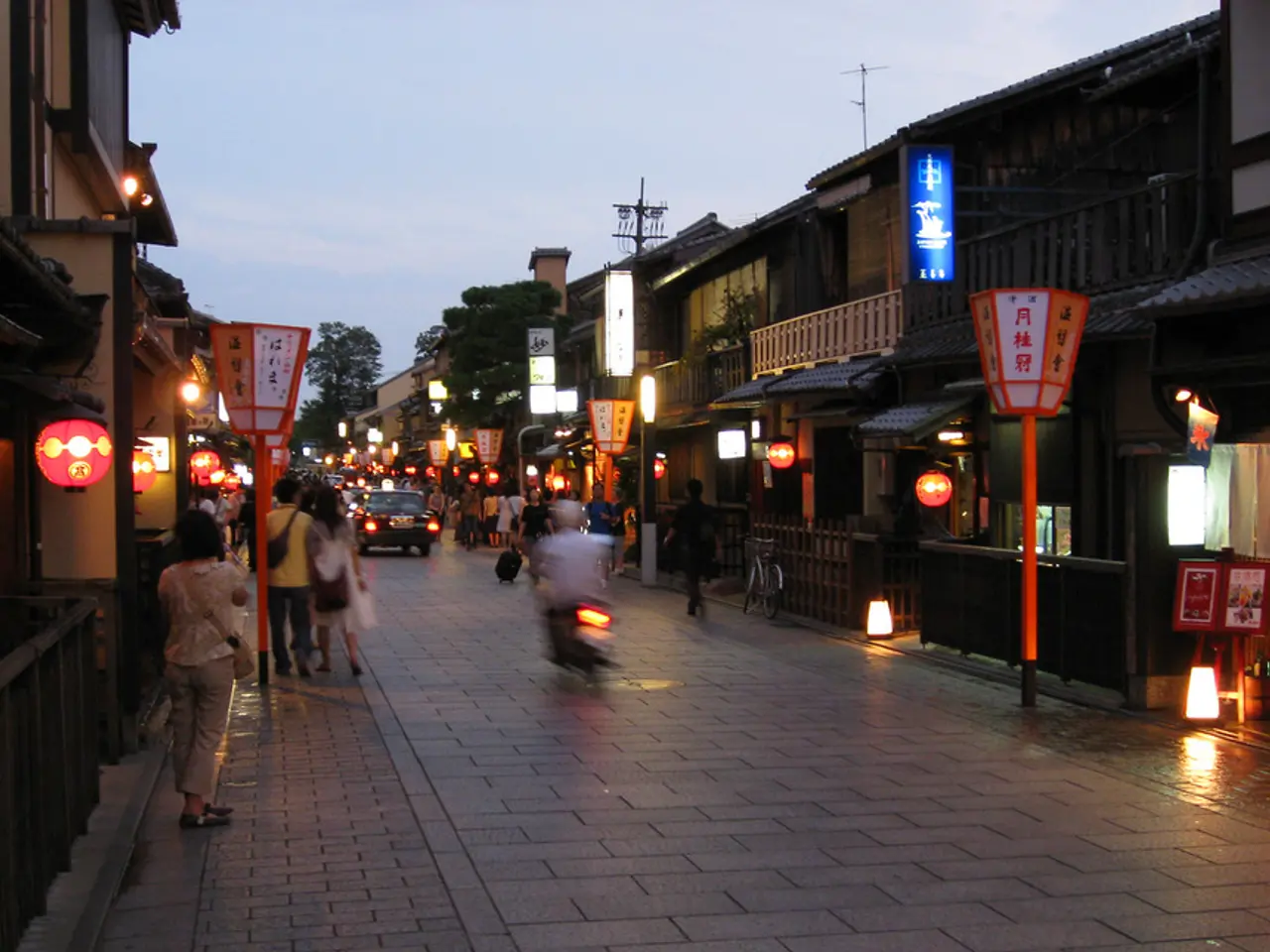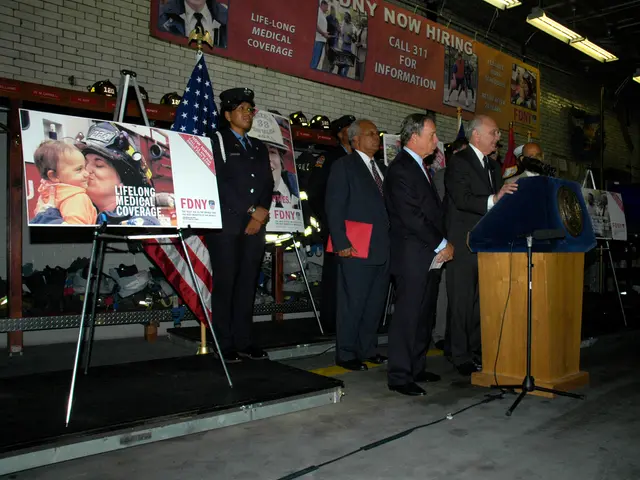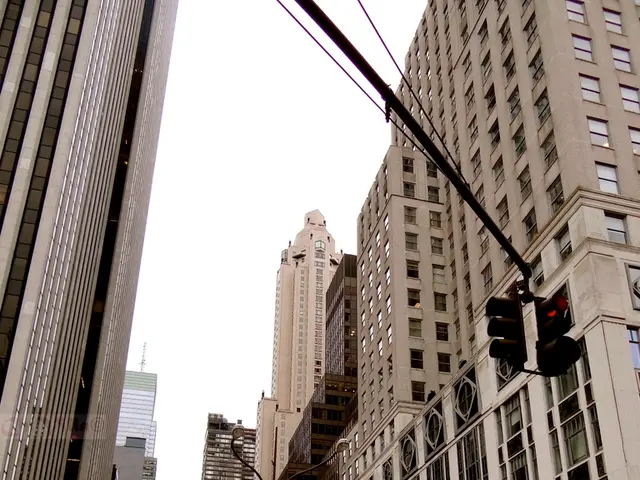Toyota's Quantum-Geofencing Breakthrough: Flexible Urban Mapping
Researchers from Toyota Central R & D Labs., Inc. have developed a novel method for creating geofences that adapt to the complexities of urban environments. The team, led by Yifei Li, has introduced 'arbitrary shape geofencing', which moves beyond traditional circular shapes to create flexible, data-driven geofences that better reflect real-world environments.
The team formulated the geofence design problem as a mathematical optimization challenge. They then mapped this complex problem onto the hardware of quantum annealers using a new encoding method called Domain Wall Encoding. This method, detailed in their research, translates complex optimization problems into a format suitable for quantum computers and other solvers.
The new method formulates the problem as a binary quadratic optimization, enabling the efficient creation of arbitrarily shaped geofences. By combining this with classical solvers, the performance can be further enhanced. The team's work shows promise for certain problems, improving flexibility and accuracy for location-based applications and enabling more targeted and effective spatial experiences in complex urban environments.
The development of arbitrary shape geofencing by Toyota Central R & D Labs., Inc. researchers, led by Yifei Li, offers a significant advancement in managing spatial information and engaging users in complex urban environments. This innovative approach addresses the limitations of traditional geofence designs, providing greater flexibility and accuracy for location-based applications.








